- Basic Tips And Things To Inspire Creativity
- Compositional Things Beginners Need To Understand
- How Equipment Improves Your Ability To Capture Mesmerizing Landscape Moments
- Understanding Light For Better Exposures In Landscape Photography
- Mastering Post Processing Techniques Enhances Your Landscape Image
- Technical Tips Beginners Need To Learn To Improve Their Landscape Photography Skills
- Summing Up 115+ Things Beginners Might Not Know
- Frequently Asked Questions
- What gear is needed to begin landscape photography?
- How do I freeze motion in landscapes, such as moving water and clouds?
- How do I come up with great, impactful landscapes in black and white?
- How should I plan for my next landscape photography outing?
- What are common mistakes beginners make in landscape photography, and how can I avoid them?
Starting out in landscape photography is an exciting journey, one which will take you further into the beautiful scenic environment that surrounds you. For those who marvel at the bursting colors of sunsets, the great details of mountain ranges or the elegant stillness of a lake on a cool dawn morning, a landscape photograph provides a canvas to preserve all these moments of wonder and awe. A basic, clear understanding of the techniques and principles of this genre can certainly help beginners acquire new skills, and maximize their creative vision.
Here are 118 key insights specifically for newbie landscape photographers to use for guidance. Each of the tips is a stepping stone towards mastering the art of composition to utilizing post-processing. Look deep inside here for ideas on how leading lines can be used to lead eyes along your photographs, or how to create effects akin to silhouettes and selective focus to add depth and drama to your pictures. Discover the subtleties of light and shade, how natural phenomena like reflections on a rainy day can create a mood in your picture.
Beginning with understanding and your passion, this information guide makes the first steps in the photographic journey a little easier. These tips will allow you to open your mind and increase your learning while letting your creativity shine.
You can also find more information on landscape photography in my “Best Techniques When Shooting Landscape Photography” article.
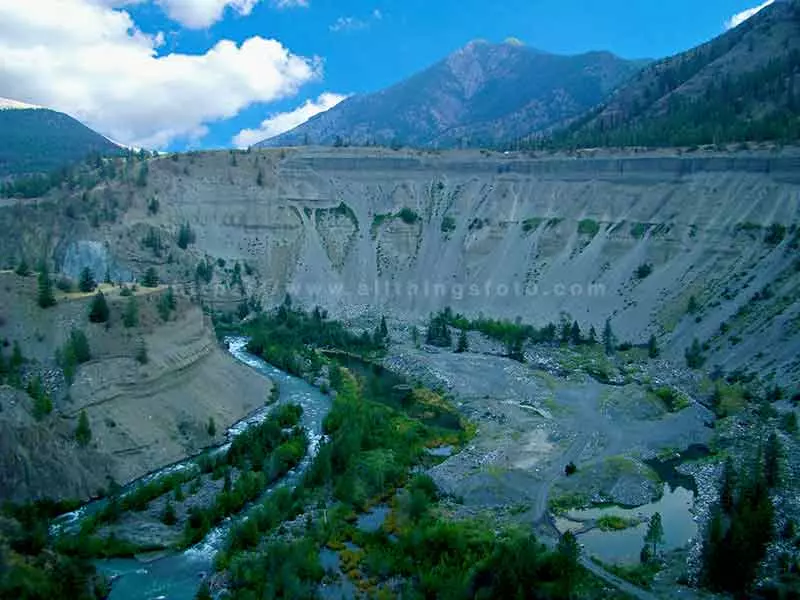
Basic Tips And Things To Inspire Creativity
Landscape photography is the best form of media to look for the hidden beauty out there in the world and our surroundings.
For many reasons, landscape photography provides a great means to share your artistic viewpoint and interpretation of nature.
Excelling at landscape photography is very difficult, as it demands strong technical abilities coupled with creativity and a lot of patience.
Improvement in photography comes with regular practice. Keep shooting! You’ll grasp what works and what doesn’t in different circumstances.
Landscape photography can be a wonderful way to challenge yourself and take your creative muscle for a little adventure, experimenting with various techniques and approaches within the genre.
Risk-taking is key for top landscape photographers.
It’s a solitary pursuit but fosters community among photographers.
Be patient and wait for the right moment before shooting your landscape photo.
Seeing beauty in the mundane separates top landscape photographers.
Look for mesmerizing moments in nature that stand out.
Preparation involves location scouting and weather research.
Weather significantly impacts lighting and mood in landscape photography.
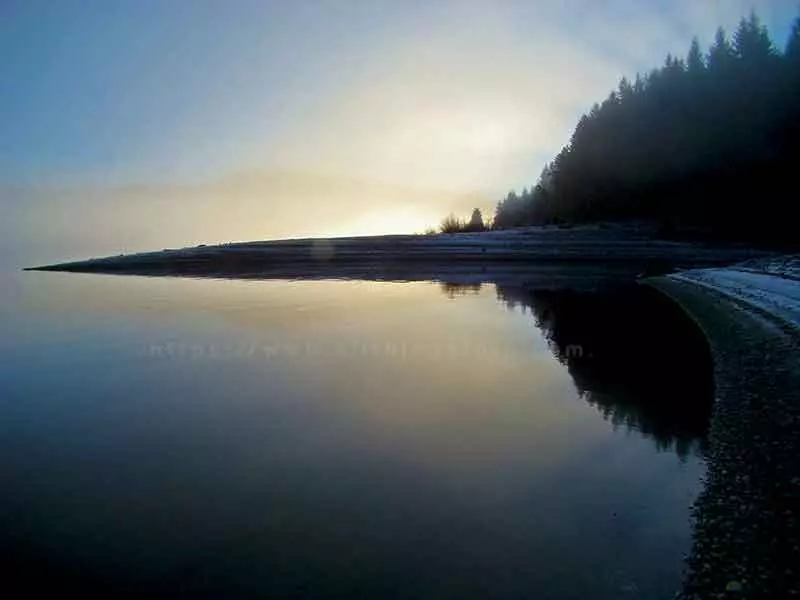
More Basic Tips About Landscape Photography
The best of landscape photographers capture the mood and atmosphere present in a scene, therefore portraying a feeling of emotion to the viewer.
Many photographers sell landscape art to galleries and collectors.
Broaden your perspective on landscape photography by studying the work of professional photographers to understand what makes their photos successful.
Different seasons provide opportunities for beautiful landscape shots, from beautiful fall foliage with all its colors to the stark white beauty of winter.
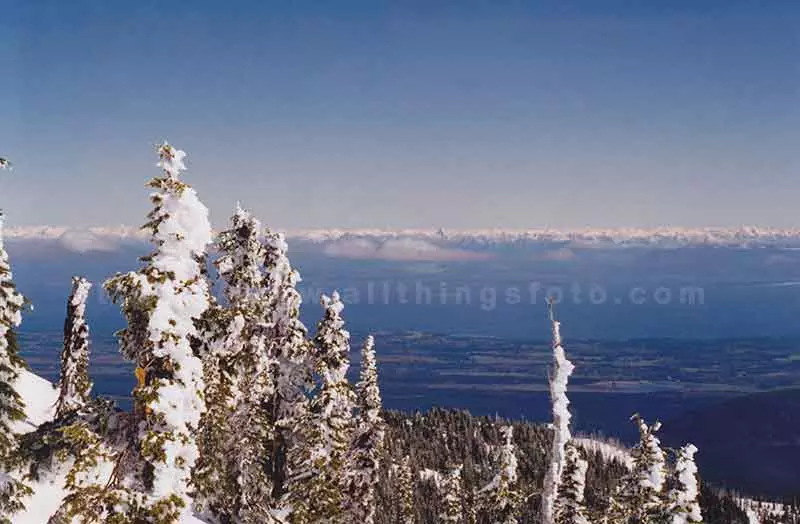
Those who are able to capture the inherent qualities of a place, expressing the character and personality of the place through their images, are among the best landscape photographers.
Landscape photography unifies the history and culture of a region or place by including some iconic structures and sites in the composition.
Landscape photography can be an excellent way to present out-of-the-way places to the public, illustrate the beauty of the remote and non-commercially accessible surroundings directly to everyone who is interested in his or her country.
Landscape photography is certainly a good way of documenting the visible environmental changes caused by climatic and other effects, which in general refer to the entire natural world.
The documentation of lovely natural beauty found in protected areas, such as in national parks and wilderness areas is captured perfectly in landscape photos.
Landscape photography may present a perfect opportunity to capture the beauty of the sky—from a starry evening to northern lights.
Embark on a journey through Moonlit Landscapes, where the full moon lends its illumination to landscapes, facilitating stunning night photography.
Landscape photography stands as one of the best ways to capture the beauty of water in its varied forms: tranquil lakes, flowing streams, mighty waterfalls, and surging waves.
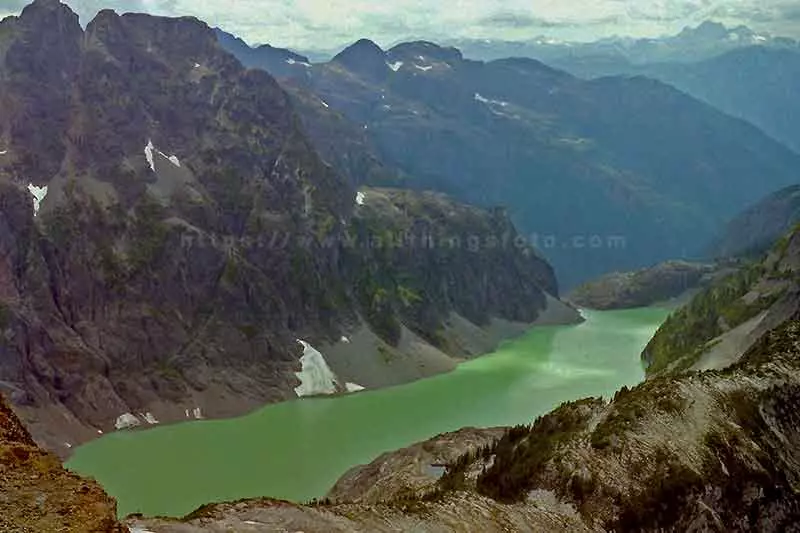
Compositional Things Beginners Need To Understand
Composition is as crucial as the subject in landscape photography.
A feeling of great balance and harmony is always conveyed through all the elements of the image in the best examples of landscape photos.
Want balance in your photos? Try symmetry in landscape photography for a harmonious look.
Opt for a vertical orientation when appropriate, as not all landscapes are ideal for a horizontal format. Shooting vertically can highlight height, such as tall trees or mountains, and is especially effective for waterfalls and rivers.
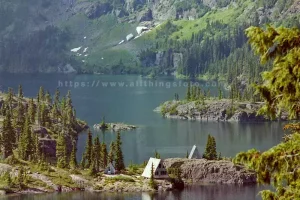
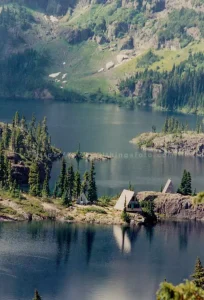
Utilizing the Fibonacci Spiral in composition enhances the aesthetic appeal of compositions. Thus guiding the viewer’s eye through the image.
Utilize the Rule of Thirds to place your subject in the composition where it will provide balance.
The F8 and be there rule works well when shooting landscape photos.
Check out the Sunny 16 Rule when shooting landscapes during a sunny day.
Make your photos pop with color! Learn color theory for striking landscape photography.
A basic understanding of color forms an important part of landscape photography, mostly with the aim to enhance the mood of a photograph.
Black and white colors are special forces in landscape photography because photographers can pay more attention to the textures, shapes, and patterns of the world around us.
Another essential compositional technique of landscape photography is the usage of perspective, which may help bring a sense of depth and dimension into the image.
Don’t just shoot from eye level. Experiment with high and low angles to find unique perspectives that can transform a familiar scene into something extraordinary.
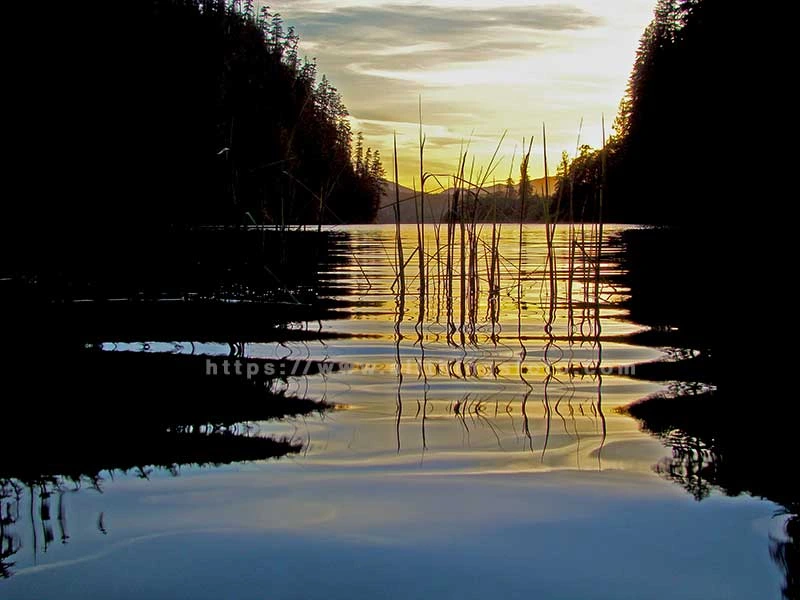
The Concept of Visual Echoes in a landscape composition utilizes repeating patterns or shapes to unify the composition and introduce rhythm.
Strong focal points draw viewers into top landscape photos.
Emphasizing foreground elements in landscape photography adds a three-dimensional feel to your image.
Creative framing provides the landscape photographer with a set of approaches from which one may draw in order to provide distinct and unique compositions based upon everything from natural frames such as branches to unconventional angles, framing ideas, and perspectives.
The Psychological Influence of Lines in landscape photography suggests calmness with horizontal lines and power and strength with vertical lines.
Leading lines create depth and perspective in landscape compositions. Lead your viewers through your photo! Use lines and curves to guide their eyes.
Diagonal lines in landscape compositions contribute to a dynamic visual narrative, instilling a sense of movement and energy.
Reflection is one of the most powerful tools in landscape photography, and its help makes it possible for the photographer to shoot a beautiful scene reflected in a pool.
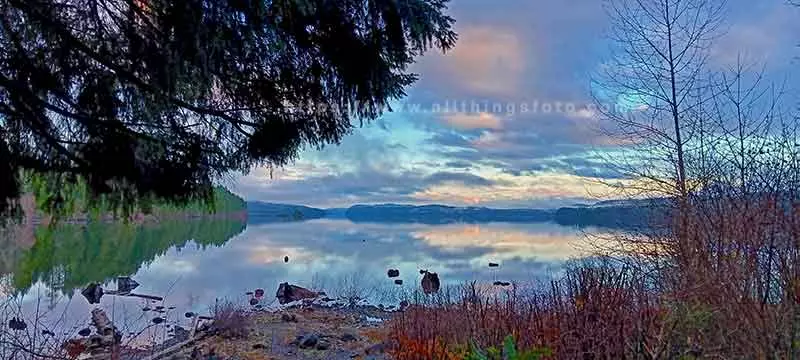
Panoramic techniques enable a photographer to take vistas and vast landscapes that would never have fit into a single frame.
Aerial photography techniques may give a unique, appealing perspective on the natural world, catching landscapes from above.
Landscape photography when combined with wildlife photography explains better the natural habitat of everything from the elk and bison to the beautiful light butterflies and birds.
Landscape photography can be a way to bring out how beautifully human-made structures look against a natural backdrop.
Photographing landscapes could simply be one way to look at different textures, patterns and shapes of nature—the smooth curves of sand dunes to mountainous sharp peaks.
Utilizing texture as a technique in landscape photography effectively reveals the rough, jagged edges of a rock or mountain, or the fine, soft petals of a flower.
The silhouette, which is one technique in landscape photography, may help reveal an interesting contrast between a darkened subject and its surrounding landscape.
Create depth in your photos! Use negative space in landscape photography to highlight your subject.
In Coastal Photography, the Impact of Tides cannot be overlooked. Planning shoots around tide schedules can drastically shift the composition and mood of coastal landscapes.
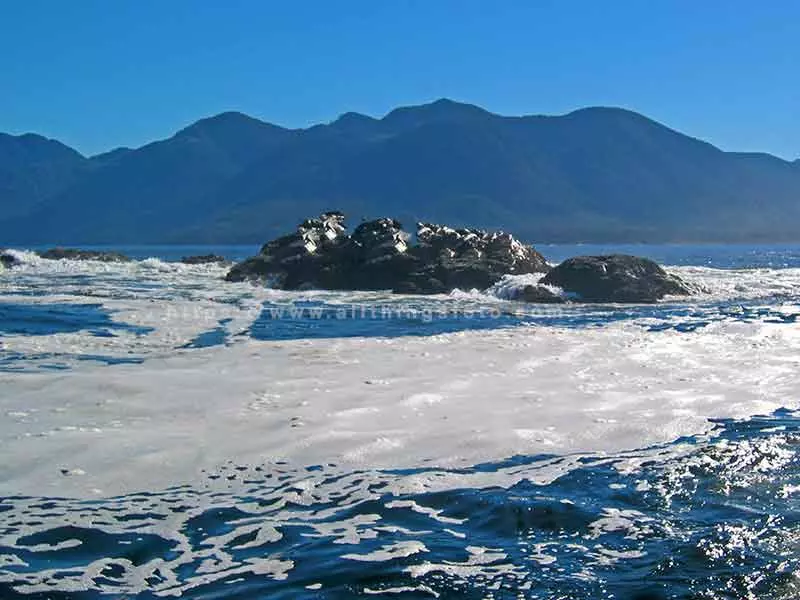
How Equipment Improves Your Ability To Capture Mesmerizing Landscape Moments
While not essential, quality camera gear can enhance your landscape shots.
A dramatic change in the look of a landscape photograph can be brought about by different lenses, ranging from wide-angle lenses that cover a sweeping view to telephoto lenses, which can take a very specific part of the scene and compress it.
Exploring the Application of Tilt-Shift Lenses unveils their capability for perspective correction and selective focus, particularly valuable for capturing landscapes featuring architectural elements.
Filters enrich landscapes, offering exposure control and drama.
Witness the transformative effects of Polarizing Filters as they diminish reflections and magnify scene vibrancy. The result is intensifying the blue of the sky and enriching foliage.
With Neutral Density Gradient Filters, exposure balance between the sky and land is achieved seamlessly, eliminating the requirement for HDR processing.
Tripods stabilize cameras for sharp, detailed landscape images.
A camera bag or case is something that you shouldn’t overlook. It will protect your investment in the landscape environment regardless of the weather or terrain.
Landscape photography is mostly shot outdoors so carry a cleaning kit with you at all times.
A large umbrella is handy for protecting your equipment from moisture when the need arises.
A remote for your camera comes in handy when shooting in low light conditions or when wind is present.
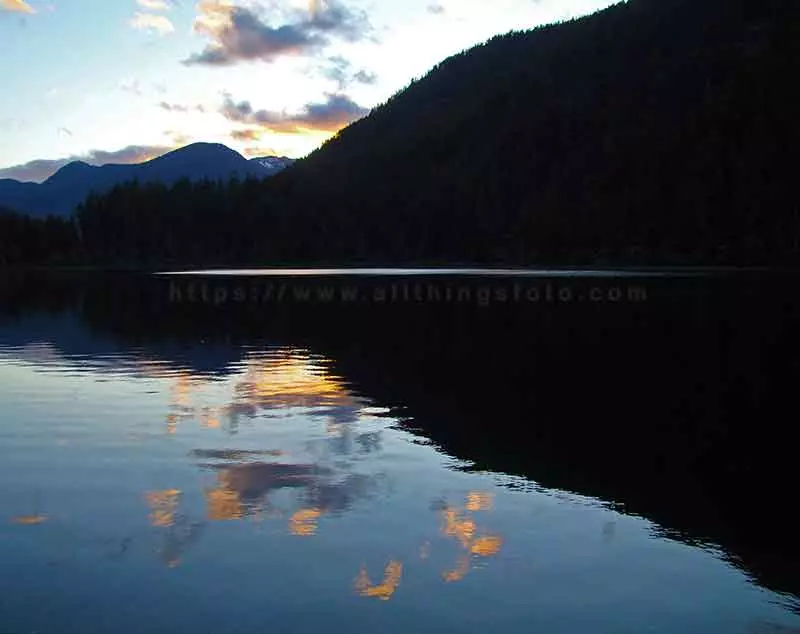
Mobile Apps And Software Tools To Compliment Your Equipment
Take advantage of hyperlocal weather apps to anticipate dramatic weather changes for your next landscape photo.
Adobe Lightroom Mobile is like having a magic wand for your landscape photos. Lots of neat tools and presets to choose from.
Snapseed is like a toolbox filled with all sorts of tricks for your landscape pics. Including selective tweaks to adding that perfect HDR touch or adjusting the ambiance.
You’ve gotta check out VSCO if you want your landscape pics to stand out. Its awesome presets and editing tools give your photos that special touch.
Adobe Photoshop Express provides basic tools like cropping, straightening and exposure adjustment.
Afterlight is your own personal assistant for your landscape shots! It will use its variety of filters and editing tools to make your photos Instagram-ready.
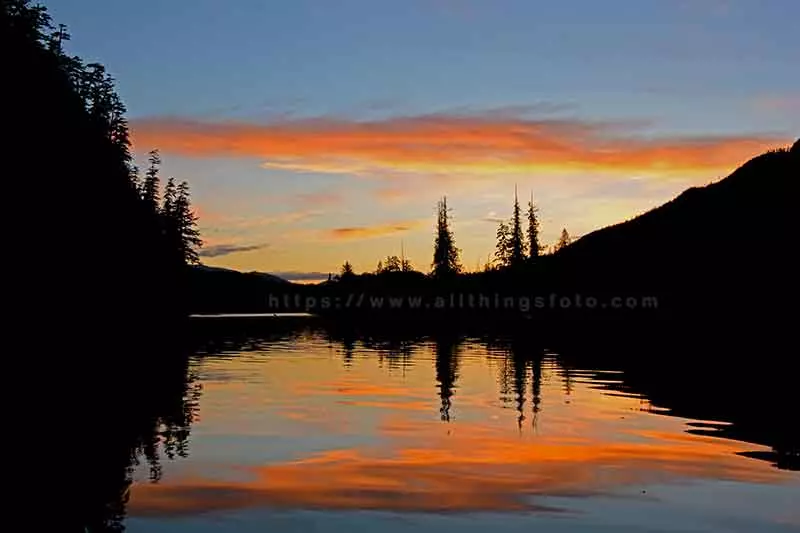
Cloud Tools And Stand Alone Apps For Post Processing Your Landscape Shots
Adobe Photoshop is my go to editing software when I want precise post processing enhancements. I absolutely love my stand alone version on my laptop. If I need more features not available to me I go to the cloud and pay as I go.
Adobe Lightroom Classic – Specifically designed for photographers, Lightroom Classic provides powerful editing tools and organizational features for enhancing and managing landscape photos.
Luminar – Known for its AI-powered editing tools, Luminar offers innovative features like AI Sky Replacement and AI Enhance to enhance landscape images.
ON1 Photo RAW – Combines photo organization, editing and effects into a single software package, making it a versatile option for enhancing landscape photos.
Capture One Pro – Designed for professional photographers, Capture One Pro offers advanced color grading and tethered shooting capabilities, ideal for enhancing landscape photos with precise control.
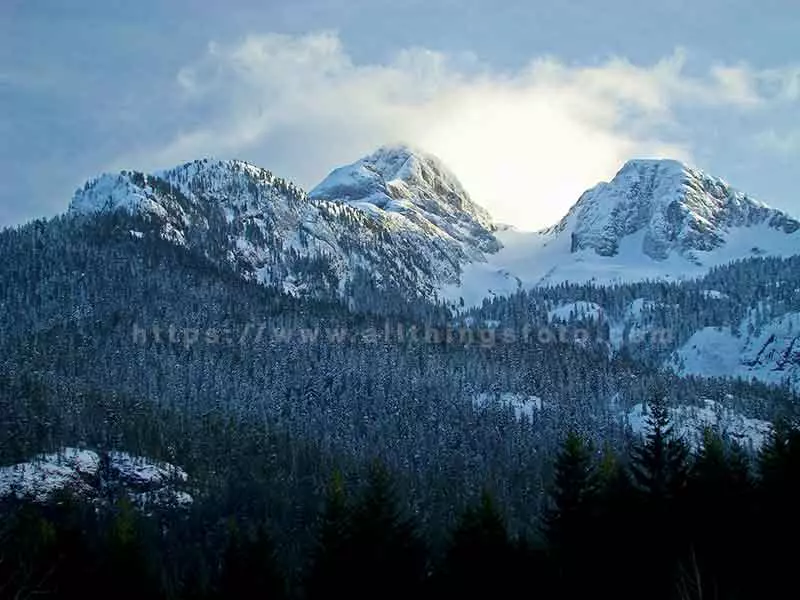
Understanding Light For Better Exposures In Landscape Photography
Light direction shapes mood and depth in landscapes. Side lighting highlights texture, while backlighting accentuates shapes.
Light varies in quality. Soft, diffused light on overcast days minimizes harsh shadows and highlights subtle details, while harsh, direct sunlight creates strong contrasts.
Light’s color temperature shifts during the day, altering your image’s overall hue. Morning and evening light appear warmer (orange), while midday light is cooler (blue).
A broad dynamic range is typical in landscape scenes, showing bright highlights and dark shadows. Understanding how to balance this range through exposure techniques or post-processing is essential to capture detail in both highlights and shadows.
Light will often interact uniquely with water, glass, and reflective surfaces so that creative compositions can result from reflections, refractions, and patterns.
Be aware of light pollution from streetlights and urban areas when capturing landscapes, especially at night, as it can obscure stars and celestial objects.
Consider shadows not only as areas lacking light but also as elements that contribute to depth, contrast, and visual appeal in your images, guiding the viewer’s exploration of the scene.
Focus on one hour before sunrise and/or one hour after sunset for the perfect light.
All kinds of weather and atmospheric conditions can seriously impact light and add to the mood and atmosphere of a landscape scene. If properly used, they help enhance your compositions and scene with interesting elements.
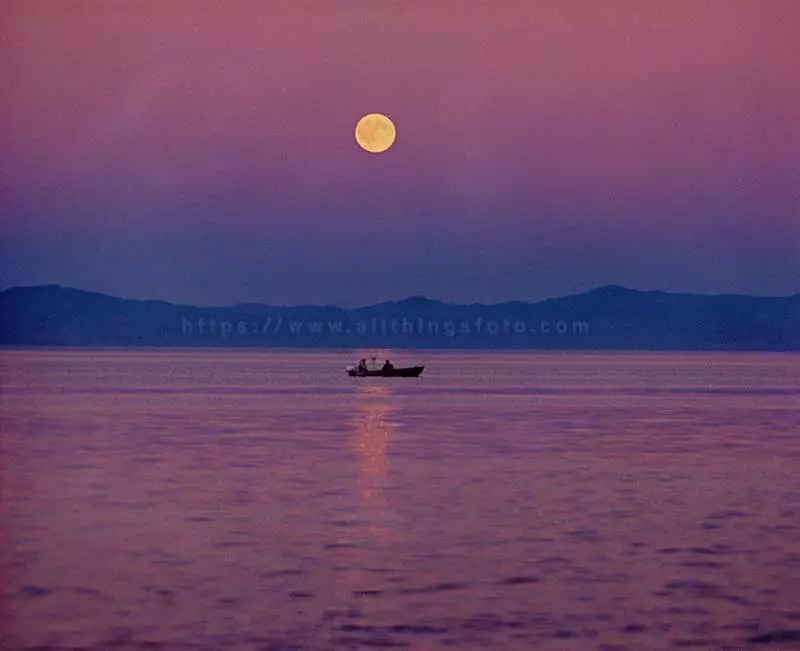
Mastering Post Processing Techniques Enhances Your Landscape Image
Discover the ABCs of photo editing!
Post-processing enhances images, revealing landscape beauty.
Using creative editing techniques are ways for landscape photographers to bring the vision they want to show into reality with either subtle adjustments or bold, stylized effects.
Play with brightness, contrast, exposure, hue, saturation and vibrance for impact.
Post-processing techniques like dodge and burn, color grading, and selective sharpening can help landscape photographers recreate his or her real vision of the landscape.
Playing with white balance and saturation can completely transform the feel and authenticity of your landscape shots. Learn the ropes of correcting color tints and making natural colors pop without oversaturating.
Unlock the power of Graduated Filters! These digital tools mimic the effects of physical graduated ND filters, helping you level out the exposure between the sky and the land in your photos without messing with the rest.
Get the Hang of the Tone Curve – it’s a game-changer for tweaking the brightness and contrast of various tones in your image. Once you’ve got it down, you’ll have way more say over the mood and detail in your shots.
Discover the Secrets of Sharpening and Noise Reduction – find out how to sharpen for enhanced details and tame noise in your pictures, particularly in low-light or high ISO shots. But remember, striking the right balance is crucial; over-sharpening can distort your image, and excessive noise reduction can make it look unnaturally smooth.
Explore Local Adjustments – using tools like the adjustment brush, radial, and graduated filters, you can make targeted edits in specific parts of your image. This allows you to bring out key features or adjust exposure and color without altering the entire picture.
HDR (high dynamic range) and panoramic stitching techniques can enable photographers to cover a wide range of detail and color in landscape images.
Get creative with your editing! Landscape photography uses HDR and focus stacking for compelling images.
Make your photos unique! Try texture overlays or split toning in landscape photography.
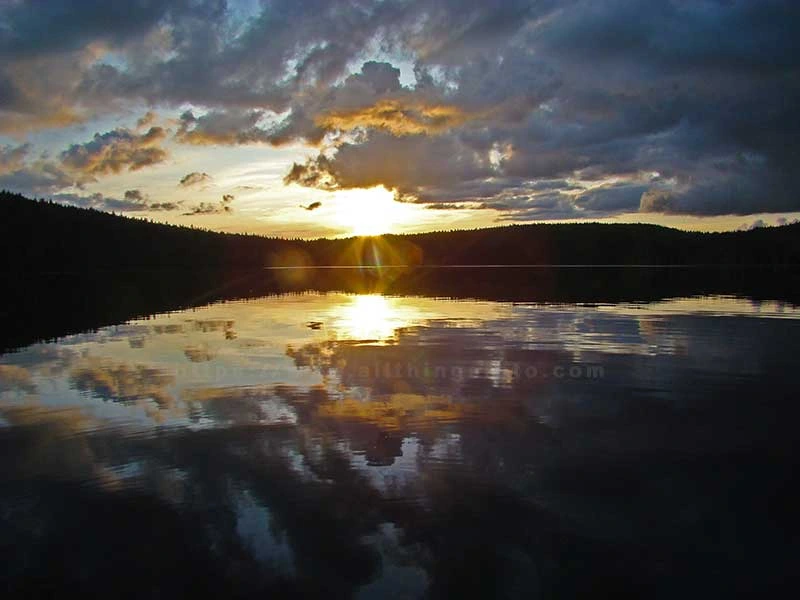
Technical Tips Beginners Need To Learn To Improve Their Landscape Photography Skills
Explore the benefits of Manual Focus, which grants photographers precision and control, especially in challenging scenarios like low light or complex scenes where auto-focus may falter.
Choosing to shoot in RAW format maximizes data capture, granting increased flexibility for adjustments during post-processing.
Understanding the Histogram is essential for ensuring proper exposure, particularly to prevent clipping highlights or shadows.
Learn about the exposure triangle (aperture, shutter speed, and ISO). Your composition will thank you. For example, a smaller aperture (higher f-number) provides greater depth of field. Thus keeping more of the scene in focus
Long exposure techniques in landscape photography play an essential part in displaying landscapes in a dramatic and almost ethereal light.
Using time-lapse photography to showcase change captures the evolving conditions of a landscape, introducing a temporal dimension.
Using multiple exposures, a landscape photographer is able to capture more time information in a single photo: from the time clouds move until the sun changes the light.
Choosing to Expose to the Left preserves highlight details, allowing for post-processing adjustments without sacrificing quality.
HDR (high dynamic range) toning techniques can be highly useful to increase the beauty of the landscape photograph making it look like the view from human eyes.
By applying the 500 Rule for Stars, you can calculate the ideal exposure time for capturing sharp stars without trails, achieved by dividing 500 by your lens’ focal length.
Discover the little-known Black Card Technique, a method where a black card is manually placed in front of the lens during long exposures. The result is balancing bright skies with darker landscapes.
Explore the concept of the Lens Sweet Spot. Which is the aperture range where each lens performs optimally. It is typically located 2-3 stops from its widest aperture.
Utilizing slow shutter speeds to blur moving elements such as water or clouds helps photographers evoke a sense of motion into the image. I like to use this technique with a ND4 filter for better results.
Hyperfocal distance creates sharp detailed images throughout the composition. Use your hyperfocal distance scale on the camera lens.
To get that perfect exposure, try snapping a bunch of shots of the same scene with different brightness levels (it’s called bracketing). This way, you can grab details hiding in the shadows and highlights. Later on, you can blend them together into one amazing HDR (High Dynamic Range) picture during editing.
Try Panorama Stitching! When your landscape’s too wide for one shot, stitch pics together for epic panoramas. Editing software’s got handy tools for it!
Working with layers and masks allows for non-destructive editing. Meaning you can make adjustments without permanently altering the original image. This technique is essential for complex edits.
Color grading can add a creative touch to your images. Thus allowing you to convey a specific mood or style through color adjustments.
Wide-angle lenses, often used in landscape photography, can introduce distortions. Correct these distortions and chromatic aberration in your editing software.
Use cloning or healing tools to remove unwanted elements from your images. Things such as distracting objects, blemishes, or even tourists in a natural scene.
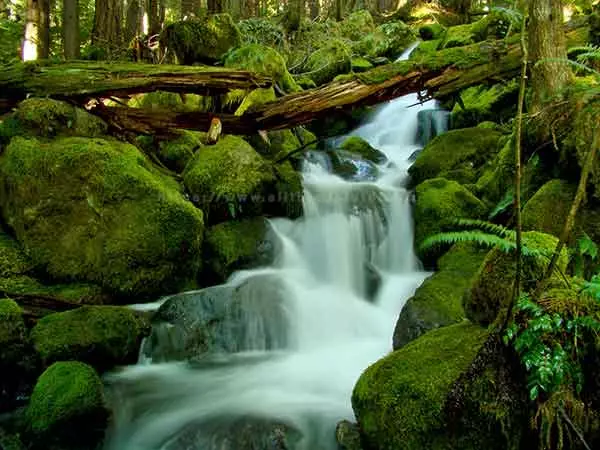
Summing Up 115+ Things Beginners Might Not Know
There you have it, as many things as I could come up with regarding landscape tips and inspiring situations for you to learn from. I hope you gain from these and enjoy them as much as I did writing them.
There are basic tips and advanced tips mixed together so pick one or two and work on them to see the results. After which you can work your way through the list and choose more.
As always if you have anything you want to comment about or add to the list please leave a courteous comment below. Also don’t forget to share us with your favourite social media platform to help get the word out. Thanks for your time and happy shooting!
